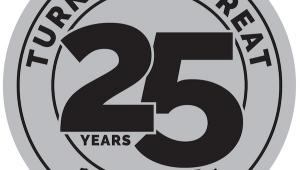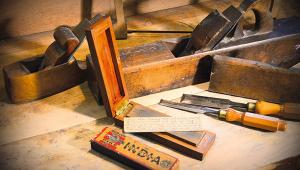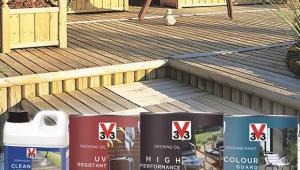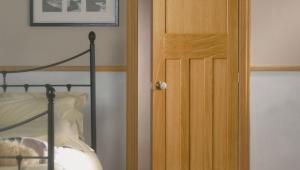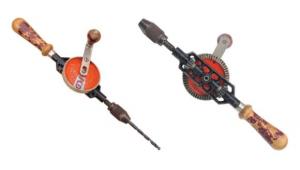Dombey & Son
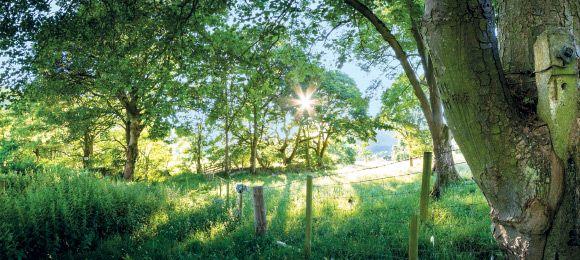
Dombey & Son
Dave Roberts finds that keeping up with the times isn’t always the same as making progress
All change: the railway embankment, whose tracks once ruled straight lines between the natural bends on the river behind The Old Vic’, is slowly being reclaimed by trees, as the post on the right shows
“The world has gone past me,” laments Soloman Gills in Dombey & Son, “I don’t blame it; but I no longer understand it. Tradesmen are not the same as they used to be, apprentices are not the same… I have fallen behind the time, and am too old to catch it again.” It’s easy to empathise with Sol’; times change. In the 1840s, Dombey & Son’s themes reflected, in part, a concern regarding the railways’ effect upon traditional life, and their unnatural speed only underscored their role in the wider social change wrought by an era of industrialisation.
Today, the extension of that same industrialization continues to cause environmental concerns, which have in turn become agents for change – as I’m often reminded when trying to strike a balance between the means by which things were done and the materials that were used when The Old Vic’ was built, and how they might be done now. Walking this line often involves a stroll, sometimes figurative, at other times literal, around the problems and possible solutions – a habit that Dickens, who regarded as vital the freedom to walk abroad and collect fresh impressions, described as ‘amateur vagrancy’. And as a fully paid-up amateur, I find that time spent in the company of the new or unfamiliar is often well spent, if only because it helps to reveal what I hadn’t realised I didn’t know, if you follow me. One such walk recently took me out around the glue pot via a decision over paint for exterior woodwork…
A brush with change
In 2010, I’m told, EU legislation regarding paint and varnishes began to put the tin lid on coverings using volatile organic compounds (VOCs) such as white spirit: manufacturers were obliged to reformulate their paints, with the result that – almost overnight – the solvent in the majority of today’s paints is water. As Sol’ might say, “paints are not the same as they used to be,” and though I have no particular desire – regardless of The Old Vic’s listing – to live in a white lead-painted yesteryear, neither have I been able to shake a lingering doubt about these new, ‘environmentally friendlier’ coverings and their ability to match the flexibility of old oil-based paints, especially when it comes to exterior woodwork. This is the sort of then-and-now dichotomy to which I was referring – and it also reminds me of an episode in the books of architect Harry Creswell. Anyone – but in particular Rory Summers, who wrote a very kind letter last month – who’d like to share this detour can go by way of ‘All that’s novel’ below; I think you’ll enjoy the view, Rory.
If you’d rather save yourself this circumambulation, however, walk right this way to where, by an editorial sleight of hand, we’ll all arrive together at the elegantly painted door of Farrow & Ball (www.farrow-ball.com), a well-known brand whose subtle colours combine tradition and modernity in water-based formulations – the ideal place, in fact, to inquire about the chemistry and performance of such paints.
My knock on the door is answered by Gareth Hayfield, F&B’s head of research & technical development, who explains that, in response to the 2010 legislation, F&B conducted, “four years of development and extensive in-house testing, comparing the performance of new generation waterbased paints… our existing oil-based paints, and the new oil-based VOC-compliant solutions. This testing proved that water-based paints met or exceeded the quality of our old paints, and were superior to the new oil-based VOC-compliant systems.” Testing by the Paint Research Association (PRA) also suggested that F&B’s water-based formulations performed as well and at times better than the previous oil-based paints. “Our Exterior Eggshell, for example” – and here my ears pricked up, as this is what I’m currently using at The Old Vic’ – “is four times more flexible,” says Gareth, “than the previous solvent-based equivalent.” Flexibility, of course, is a quality essential for longterm durability on exterior wood, as are water resistance and vapour permeability, areas where F&B’s Exterior Eggshell and Masonry paint have the ‘best classifi cation’, according to Gareth.
But what about linseed oil, a natural and traditional paint binder that I’m sure would once have been used in The Old Vic’? “It takes a long time to dry and harden,” says Gareth, “and we found that… alkyd and acrylic resins gave the performance our customers expect,” as well as the convenience of being easy to use, re-coatable in a matter of hours, and the washing out of brushes in water. It’s only right to point out, of course, that linseed based paints are available – Edward Bulmer paints (www.edwardbulmerpaint.co.uk) springs to mind – and make some attractive claims not only for their environmental benefi ts but their performance, too. Allbäck paint, for instance (www.allback.aannemernijland.nl), claims to ‘meet all our needs when it comes to technical properties’. I’ll be coming back to these when choosing interior paints; in the meantime, I’m keen to dabble with some home-brewed finishes and natural colours of my own, perhaps even trying some shock-colouring after the fashion of Out of The Dark.
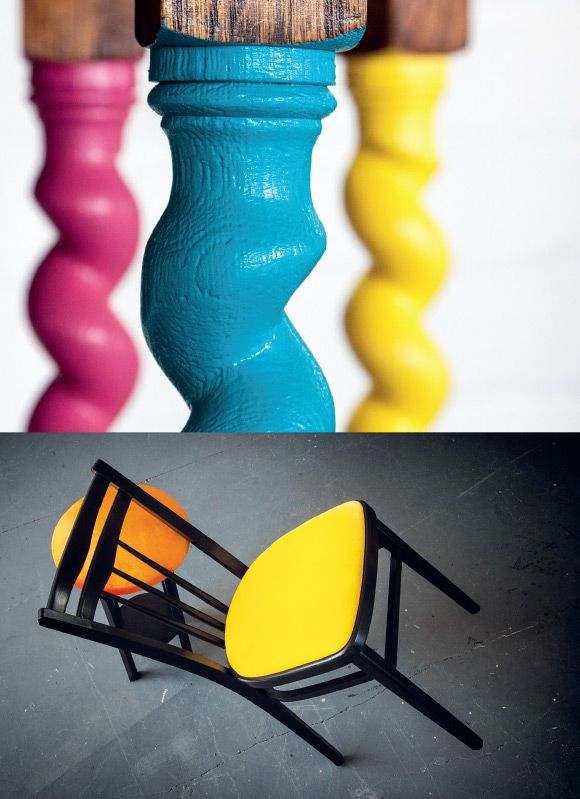
Colour shock: Out of The Dark, the erstwhile social enterprise, was behind the colour-fuelled revival of furniture from the likes of Ercol, G Plan, Parker Knoll, and Danson – pieces that were until recently considered oldfashioned but which are now regarded as classics of Mid-Century Modern. “Some people can’t see past the surface of brown furniture,” said OotD leader, Jay Blades, “they don’t see anything Modern in it; but if you apply colour and put some different fabric on the seat, it’s Modern”
All That’s Novel
If you aren’t familiar with The Honeywood File (1929) and The Honeywood Settlement (1930), you’ve a treat in store: the books chart the progress of architect Creswell’s literary alter ego, James Spinlove, his client Sir Leslie Brash, and the building of Honeywood Grange. However, like Dombey & Son – which is framed by commerce but concerns people – the Honeywood books are, “more concerned with the fabric of life,” as Creswell put it, “than with the fabric of houses.” One of their most memorable strands involves Riddoppo, ‘a new novelty super-paint’, which Brash insists is used instead of the (then) traditional linseed paint. It isn’t long before Grigblay, the sage old builder engaged by Spinlove, finds his doubts about Riddoppo being realised: “If you ask me,” Grigblay writes to Spinlove in confidence, “this new novelty super-paint is a bit too new, a lot too much of a novelty and, if you will pardon me, a damned sight too super”
Read the full article in Good Woodworking September 2017
For more great articles subscribe to Good Woodworking today
- Log in or register to post comments
